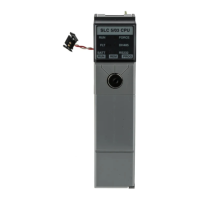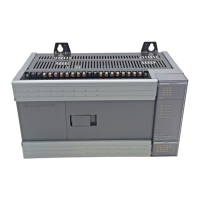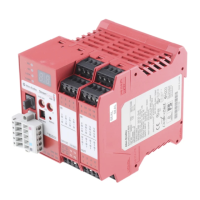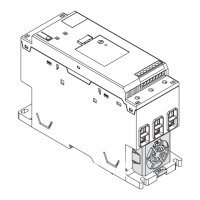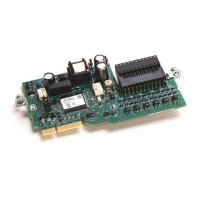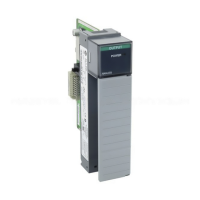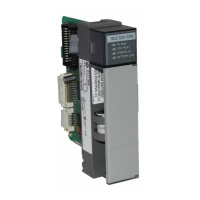QUICKDESIGNER Reliance AutoMate •
••
• 195
Reliance AutoMate
AutoMate 15, 20, 30/30E, 40/40E
AutoMate Processors
This section describes the operation of a target display with Reliance AutoMate series Programmable
Logic Controllers. The following processors are supported:
AutoMate 15, 20, 30/30E, 40/40E.
The target display can communicate with AutoMate processors using three different methods:
1: Direct to programming port on the AutoMate processor.
Direct communications can be established through the EIA connector port on the front of the AutoMate
processor. The target display connects the same way as an IBM PC running APX. Communication is
limited to RS-232-C at 9600 Baud, 8 bits with one stop bit. In this mode the host can only talk to the
processor it is connected to even if there is a second processor in the same rack. The programming port
is always set for host communication. The AutoMate processor is always a slave for host
communication.
2> Direct to a Serial Communications Card (45C203) to any AutoMate Processor in the rack.
Through the Serial Communications Card a host may talk to any AutoMate processor in the rack.
Parameters can be set to allow any port on the serial communication card to communicate with any
AutoMate processor in the same rack.
3> Through an R-Net network via a R-Net AutoMate Gateway.
R-Net is the AutoMate local area network. It is an asynchronous, baseband system and communicates
at 880 K baud. The host system can gain access to this network through an AutoMate R-Net Gateway
(45C27 or 45C28). Through a Gateway, the host system can direct messages to any AutoMate
processor on the network by addressing the destination byte as the AutoMate address. In this mode, R-
Net is transparent to the host. Communications with the Gateway can be established through the EIA
connector on the front of the head. Communications can be RS232 or RS422. The communication
parameters (node number, maximum nodes, and config line turnaround) are set up with a command
sent from the host computer. The gateway's port parameters are stored in volatile memory so they are
lost if power is interrupted. If power is interrupted, the target display will automatically reconfigure the
Gateway when power is restored.
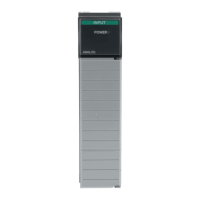
